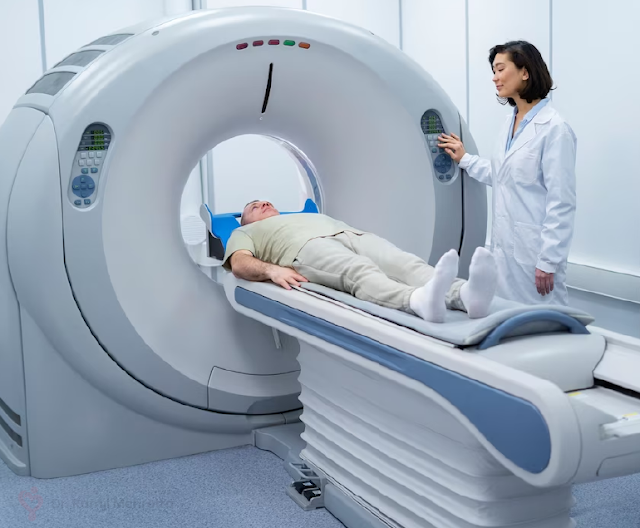Magnetic Resonance Imaging for Heart Disease
Magnetic Resonance Imaging (MRI) has emerged as a crucial diagnostic tool in the realm of heart disease and offers insights into cardiac structure and function. This non-invasive imaging technique employs powerful magnetic fields and radio waves to create detailed cross-sectional images of the heart, enabling healthcare professionals to assess its condition with remarkable accuracy.
Dr Ramji Mehrotra, India’s leading cardiovascular surgeon, is of the opinion that MRI's ability to visualize soft tissues, blood vessels, and even the beating heart itself makes it particularly valuable in diagnosing various heart conditions. One of its primary applications is the evaluation of myocardial infarctions, commonly known as heart attacks. By detecting regions of compromised blood flow and tissue damage, MRI aids in determining the extent and location of the infarction, guiding treatment strategies.
Furthermore, MRI plays a pivotal role in assessing cardiac function. It precisely measures parameters such as ejection fraction, ventricular volumes, and wall motion abnormalities, offering a comprehensive overview of how well the heart is pumping blood. This information is vital in diagnosing conditions like heart failure, where the heart's ability to efficiently circulate blood is compromised.
In cases of congenital heart diseases, MRI contributes to accurate diagnosis and treatment planning. The technique provides detailed three-dimensional images that allow physicians to visualize complex anatomical anomalies, aiding in surgical planning for corrective procedures.
Cardiac MRI is also employed in monitoring the progression of heart diseases and evaluating the efficacy of interventions. Its sensitivity to changes in tissue composition assists in tracking the effects of medical therapies and lifestyle modifications. Additionally, MRI-based angiography produces high-resolution images of blood vessels, facilitating the assessment of coronary artery disease and aiding in planning interventions such as angioplasty and stent placement.
According to Dr Ramji Mehrotra, Magnetic Resonance Imaging has revolutionized the diagnosis and management of heart disease. Its ability to provide detailed anatomical and functional information without invasive procedures has transformed the field of cardiology by improving patient outcomes and quality of life.


Comments
Post a Comment